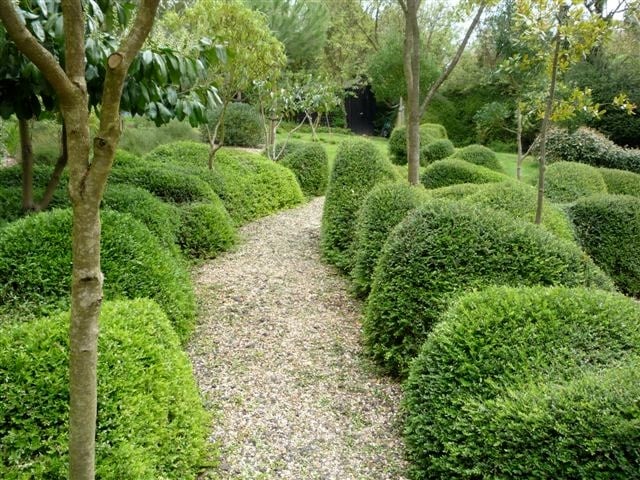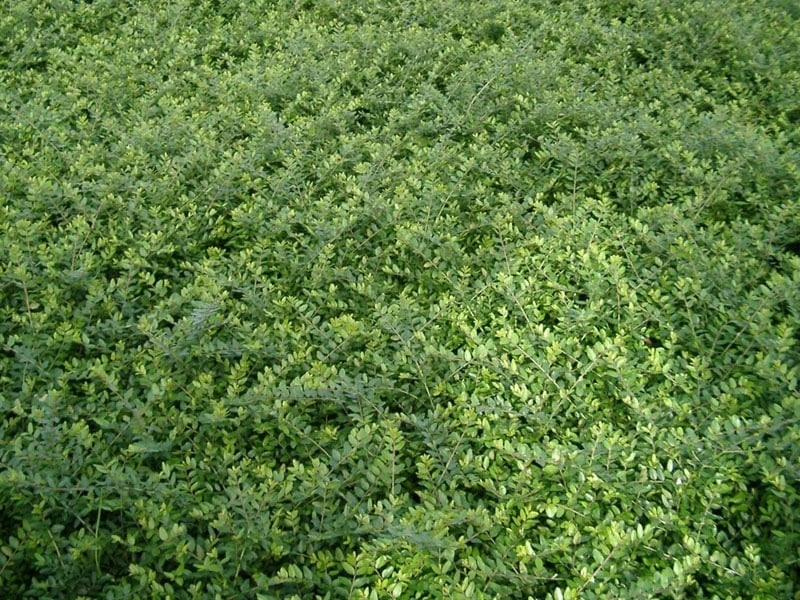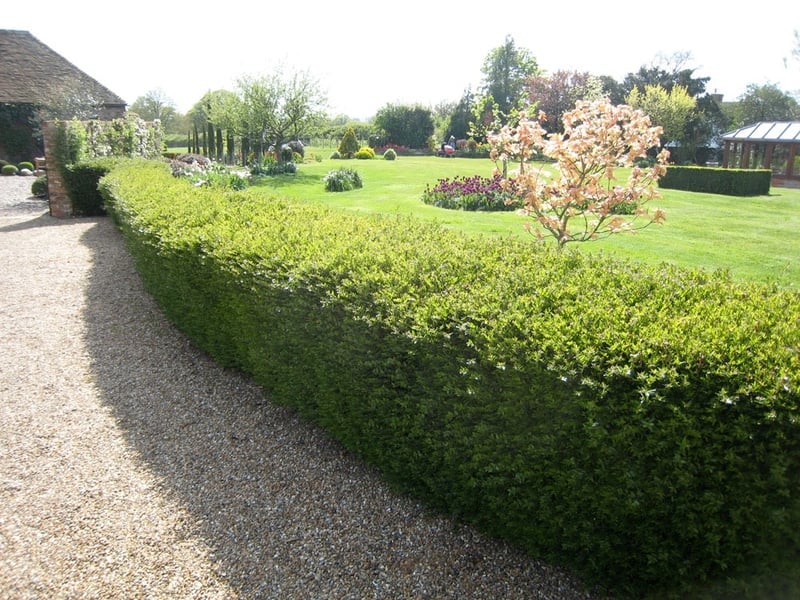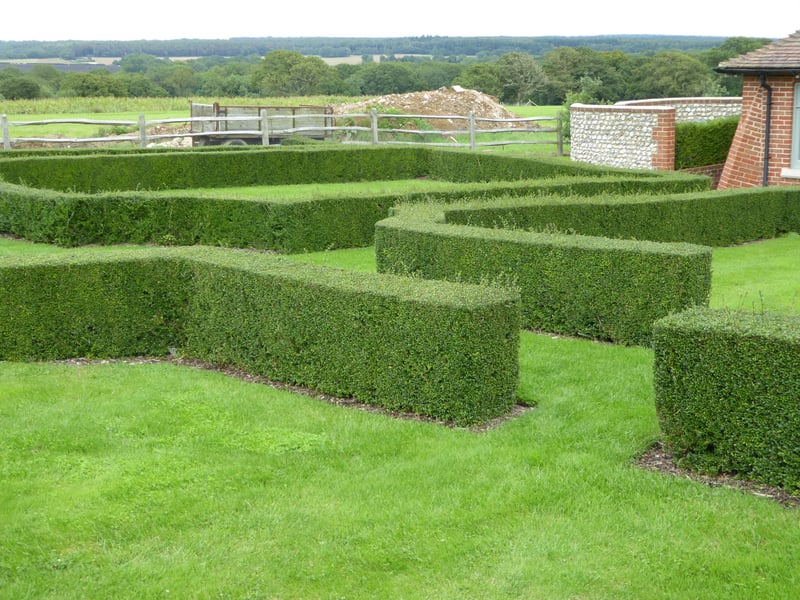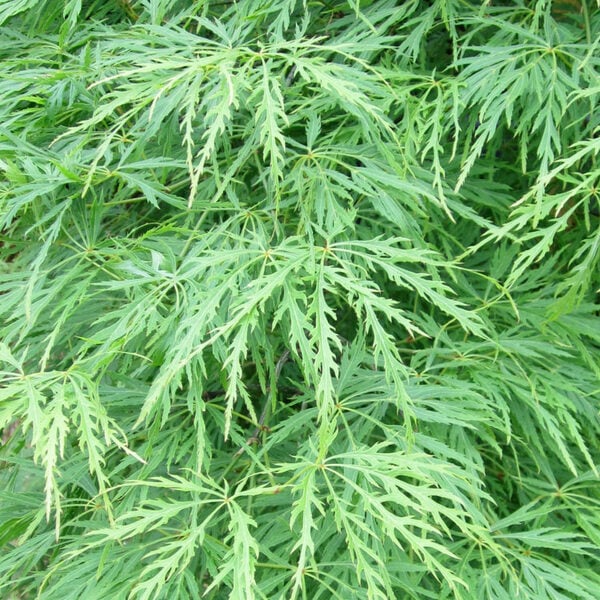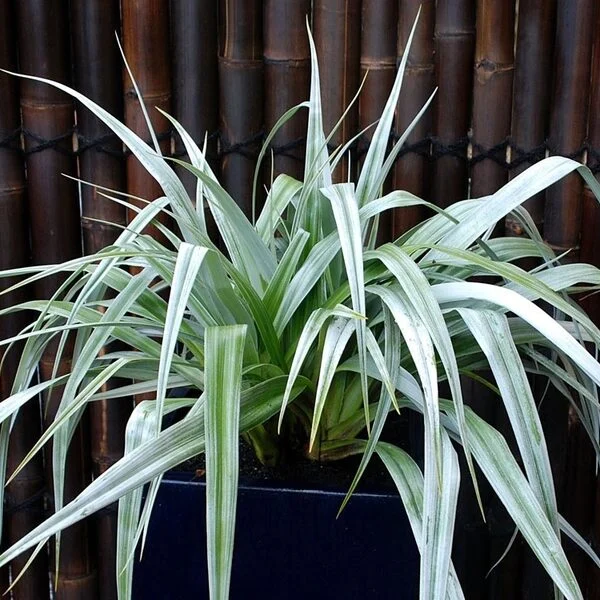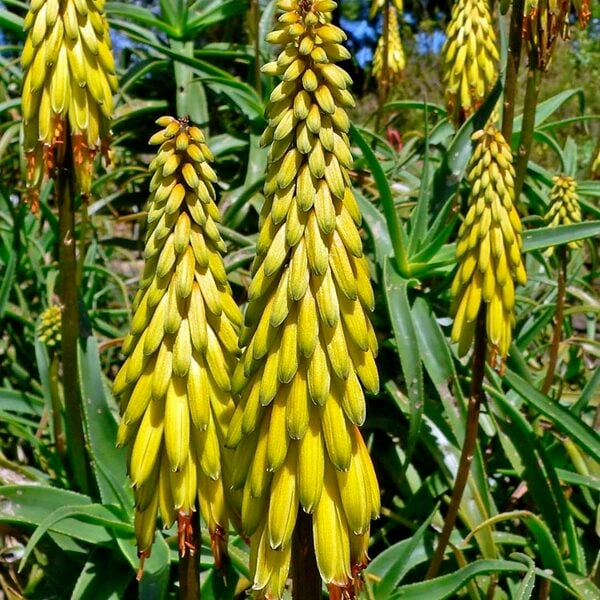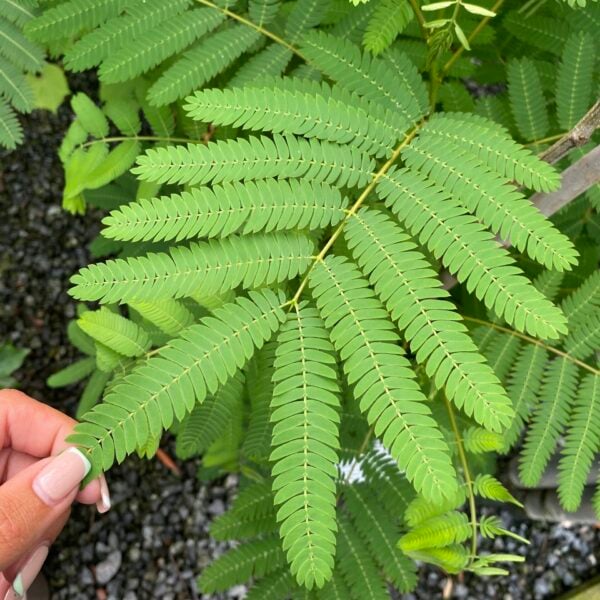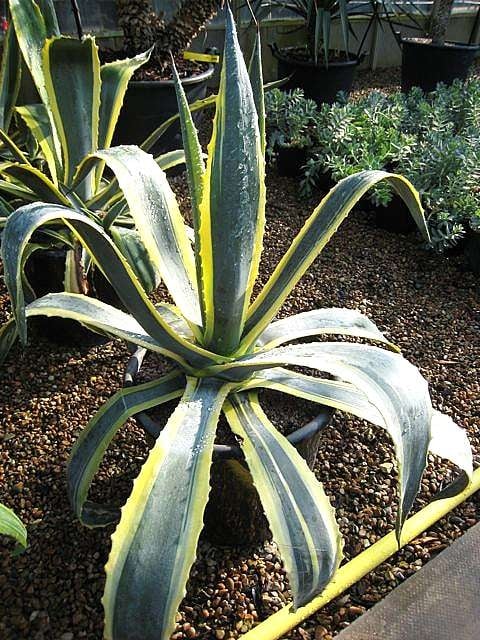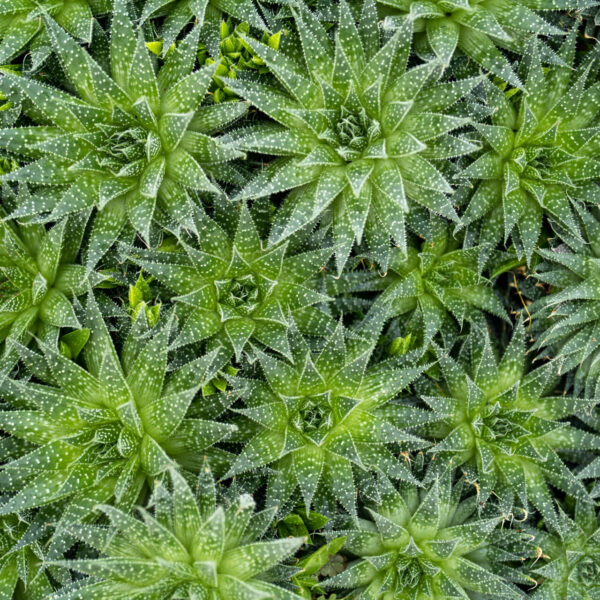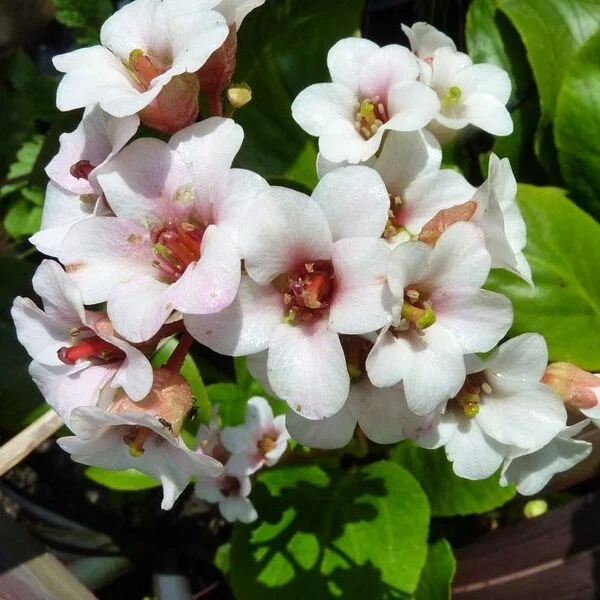Lonicera nitida ‘Elegans’ (Box Honeysuckle)
Incredibly useful evergreen with tiny leaves for highly reliable small hedges, delicious undulations and clipped work. Fast growing, tough as old boots. Can reach 6ft. Please contact us for stock availability and sizes.

Hardiness level Green
Astonishing stuff. It grows ridiculously fast, it's very hardy, it never gets any diseases, it clips beautifully and is one of the earliest harbingers of spring - often beginning to grow in February. Why doesn't everyone grow it then? No idea - other than it's probably considered by some to be common and it just grows too fast. That's the down side but there's always a down side isn't there?
We have some Lonicera blobs in the Sculpture Garden at the nursery. As I write it's May 4th. Colin the gardener has already clipped them 4 times this year. If they were box we wouldn't have clipped them once by now but they look great and they're excellent for impatient gardeners - which in my experience, is most.
One of the very best evergreen topiary plants in existence. If you use it as a traditional hedge, it has its limits as far as the height goes. Much more than 5ft and it'll tend to keel over under its own weight unless you make the hedge extremely wide - square in cross section, in fact.
The low hedges (about 2ft) illustrated were planted in 2010 as tiny little plants in an extremely exposed garden on the South Downs. They looked like this by 2012. No other plant will establish as fast as that.
Propagated by cuttings.
N.B. When clipping several plants with the same tool, have a bucket containing a 5% bleach solution and swish your blades around for 30 seconds between plants to sterilise them. This will help avoid the chance of cross contamination of disease.
As with all woody plants, plant high, exposing as much of the taper at the base of the trunk as possible. Allowing soil to accumulate round the base of a tree can be fatal. Keep very well watered when first planted.
Additional Information |
|
|---|---|
| Soil Type | Clay, Dry / Well Drained, Sandy, Soggy /Damp (Plant high and you can get away with murder) |
| Light | |
| Plant Type | |
| Continent of Origin | |
| Specialist Plants | |
| Situation | Coastal, Exposed (To wind and sun), Mild City Gardens, Plants for Pots, Sheltered Garden |
| Flower Colour | |
| Hardiness | |




